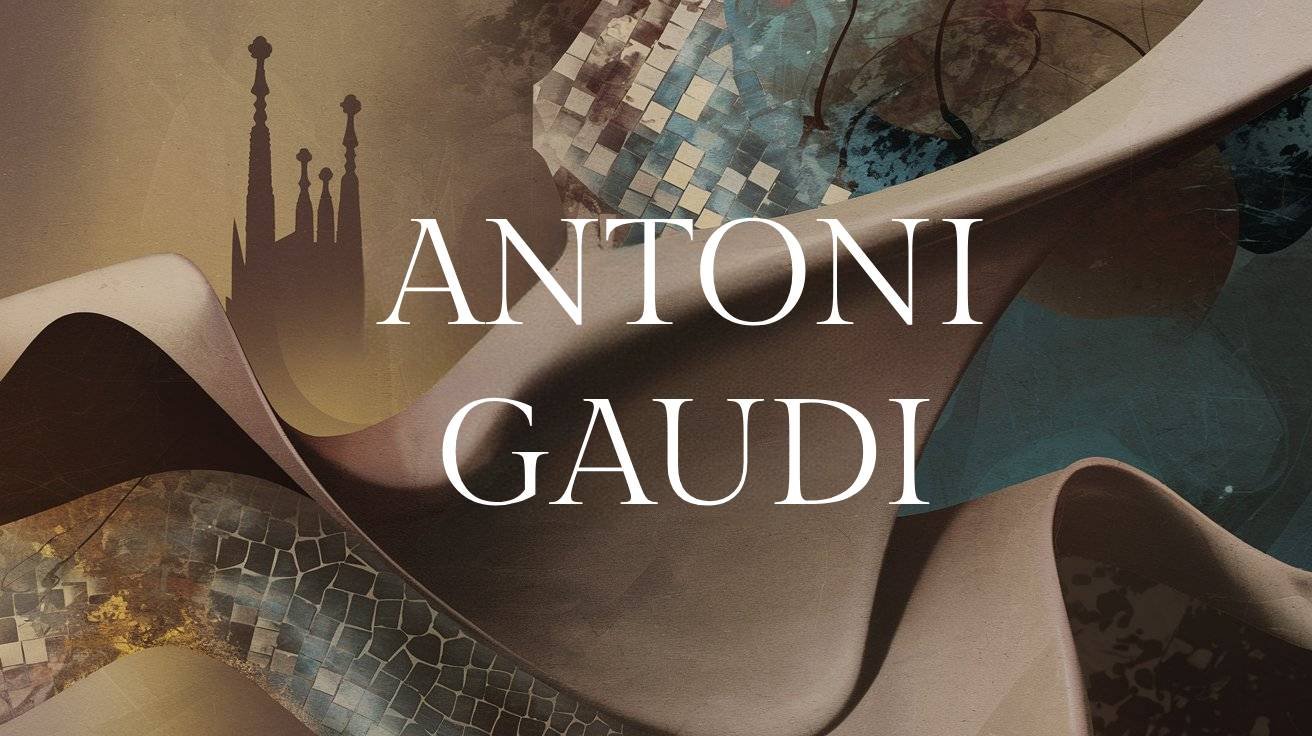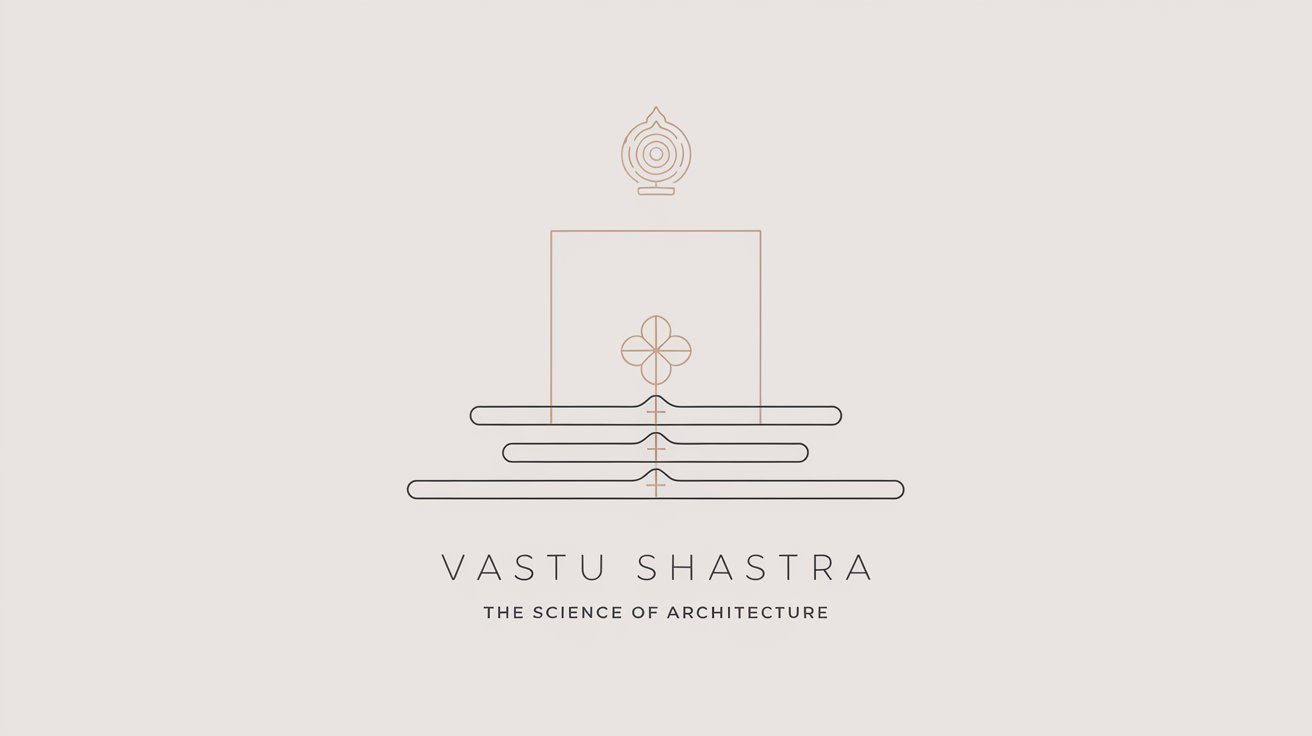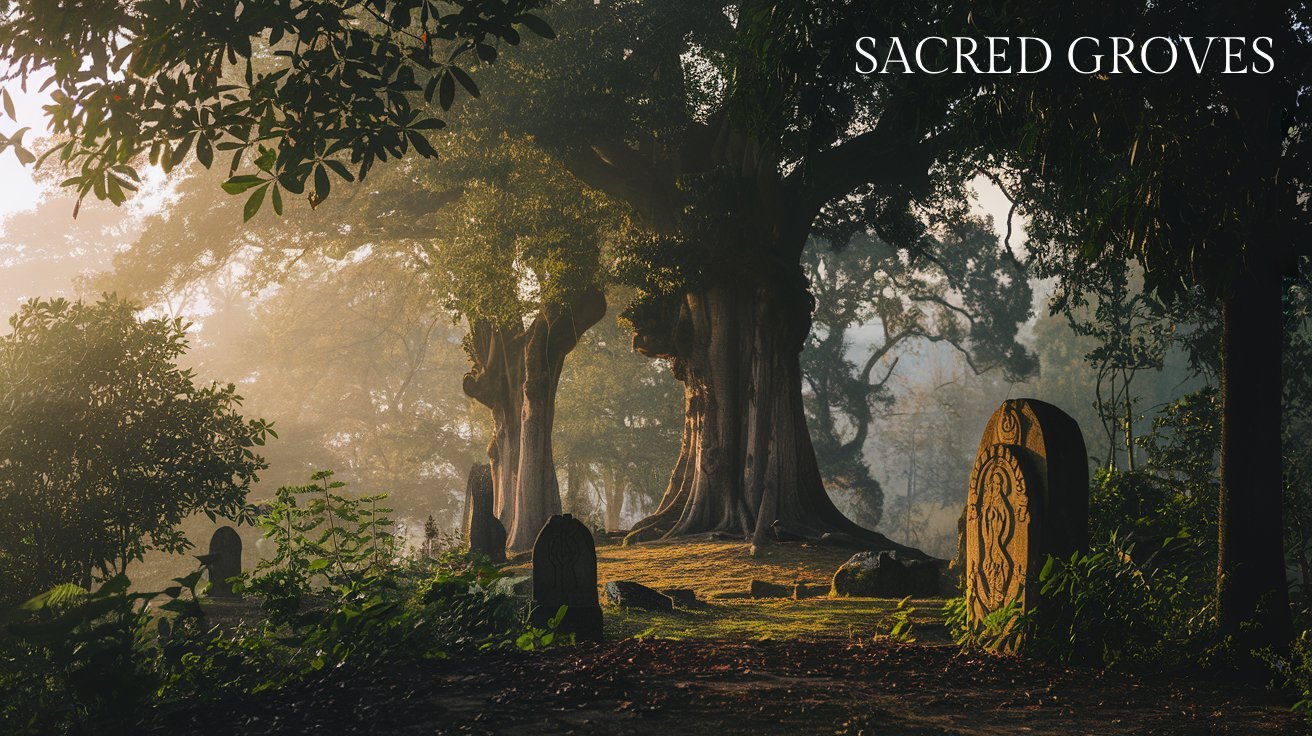Composed By-Ketan Goriwale.
Antoni Gaudi-
What comes to mind when you think of architecture that defies convention, blends seamlessly with nature, and feels almost alive? For many, the answer is Antoni Gaudí. This visionary architect from Catalonia revolutionized the art of building, crafting structures that are as much works of nature as they are of human ingenuity.
From the vibrant streets of Barcelona to the towering, unfinished masterpiece of the Sagrada Família, Gaudí’s creations are not just buildings—they are symbols of imagination, faith, and innovation. His work, rooted deeply in the natural world and inspired by his profound spirituality, challenges the norms of traditional architecture while embracing bold, organic forms.
But how did a shy boy from the small town of Reus grow to redefine modern architecture on a global scale? What inspired the intricate designs and groundbreaking techniques that continue to captivate architects, artists, and admirers alike?
In this blog, we’ll dive into the life, philosophy, and iconic works of Antoni Gaudí. Join us as we explore how this Catalan architect transformed the skyline of Barcelona, leaving behind a legacy that continues to inspire and shape the architectural world of the 21st century.
Gaudí’s Unique Design Philosophy: A Fusion of Nature, Faith, and Innovation
What makes Antoni Gaudí’s architectural style so unique and revolutionary? How did he manage to create buildings that feel alive, breathing with the rhythms of nature? The answer lies in his deeply personal design philosophy—a blend of natural inspiration, spiritual devotion, and a bold desire to challenge the boundaries of architecture.
Gaudí’s approach to design wasn’t simply about constructing buildings. It was about creating experiences that immerse you in the very essence of nature and faith. His philosophy centered around three key pillars: organic forms, symbolism, and unity.
1. Nature as a Guiding Force
Gaudí’s fascination with nature is evident in almost every aspect of his work. Unlike many architects of his time, he didn’t rely on straight lines or rigid forms. Instead, he looked to the natural world—trees, flowers, animals, and the very landscape around him—for inspiration. His designs echo organic forms that mimic the curves and patterns found in nature. This connection to the natural world is most clearly seen in works like Park Güell, where winding paths and undulating benches blend with the surrounding environment.
- Organic Unity: Gaudí believed that architecture should not fight nature but embrace it. He integrated natural elements directly into his structures, creating a sense of harmony and continuity.
- Natural Materials: From vibrant tiles to intricate stone carvings, he used materials that reflected nature’s textures and colors.
2. Symbolism and Spirituality
For Gaudí, architecture was not just an art form—it was a spiritual expression. His work was heavily influenced by his deep Catholic faith, with many of his designs containing rich symbolism. Take the Sagrada Família, for example. The basilica’s intricate facades and towering spires represent the life of Christ, with each detail conveying a message of faith.
- Sacred Geometry: Gaudí’s designs often incorporated geometric forms that had spiritual significance, such as the use of hyperbolic paraboloids and paraboloid roofs. These shapes weren’t just aesthetically pleasing—they were meant to evoke divine order.
- The Sagrada Família: As a symbol of Gaudí’s devotion, the unfinished Sagrada Família remains his greatest masterpiece. Its symbolic elements, from the detailed towers to the vaults inside, tell the story of the Holy Family, linking architecture directly with religious beliefs.
3. Breaking Conventions: Freedom and Innovation
Perhaps Gaudí’s most striking contribution to modern architecture was his willingness to break free from traditional design constraints. At a time when most architects adhered to rigid, classical styles, Gaudí embraced freedom in form. He wasn’t afraid to experiment, resulting in buildings with fluid, voluptuous shapes that seemed to defy gravity.
- Innovative Construction Methods: Gaudí’s use of laminated shells, thin-shell concrete, and diagonal thrusts in his designs allowed him to create stunning, stable structures that were unlike anything the world had seen.
- A New Architectural Language: With elements like the Sagrada Família’s towers and the undulating Casa Batlló, Gaudí created a new vocabulary for architecture, one that spoke not just to functionality, but to imagination and creativity.
4. Unity of Art and Architecture
Gaudí saw no boundary between architecture and the other arts. He was a true Catalan architect, deeply immersed in the artistic renaissance of his time. His works are a fusion of architecture, art, and craftsmanship, with each piece designed to complement the next.
- Integrated Design: Gaudí’s buildings often featured hand-crafted tiles, ironwork, and sculptures, all designed by him or his team. No element was too small to escape his attention.
- Personal Expression: Even as he sought to honor tradition, Gaudí was not afraid to infuse his work with his personal style, blending Mudejar influences with his own distinctive organic forms.
The Lasting Legacy of Antoni Gaudí
As we reflect on the life and work of Antoni Gaudí, it’s clear that his influence on architecture and design transcends time and borders. His revolutionary approach, rooted in nature, faith, and a fearless commitment to breaking conventions, continues to inspire architects, artists, and dreamers alike. But what makes Gaudí’s work so enduring? Is it his ability to seamlessly blend organic forms with symbolic elements? Or perhaps it’s his relentless pursuit of a unique vision, one that saw architecture as an immersive experience, not just a functional space.
Gaudí’s masterpieces—whether the awe-inspiring Sagrada Família, the whimsical Casa Batlló, or the enchanting Park Güell—are more than just buildings. They are expressions of his soul, reflections of his deep faith, his love for Catalonia, and his unyielding desire to connect with nature. His legacy is not just in the physical structures he left behind, but in the way he forever altered the way we view architecture.
Looking at his work, we may ask ourselves: How can we embrace creativity and challenge the norms in our own fields? Gaudí’s commitment to innovation teaches us that true artistry requires a balance between tradition and bold new ideas. In a world where trends come and go, Gaudí’s architectural genius remains timeless—a reminder that sometimes, the most impactful works are those that push boundaries and speak to our deeper senses.
As we witness the Sagrada Família’s continuing construction in the 21st century, it’s clear that Gaudí’s vision is not confined to history. His work, still unfolding, proves that great architecture doesn’t have an expiration date—it evolves.
So, the next time you find yourself in Barcelona or studying the work of this remarkable Catalan architect, take a moment to reflect on how Gaudí’s life and work can inspire your own journey. His designs are not just a testament to his genius—they are an invitation to us all to embrace our unique creative potential and build a future that reflects the harmony between nature, faith, and innovation.
Gaudí’s legacy is not just a chapter in the history of architecture; it’s a living, breathing force that continues to shape the way we think about design, art, and the world around us. Are you ready to be inspired?




